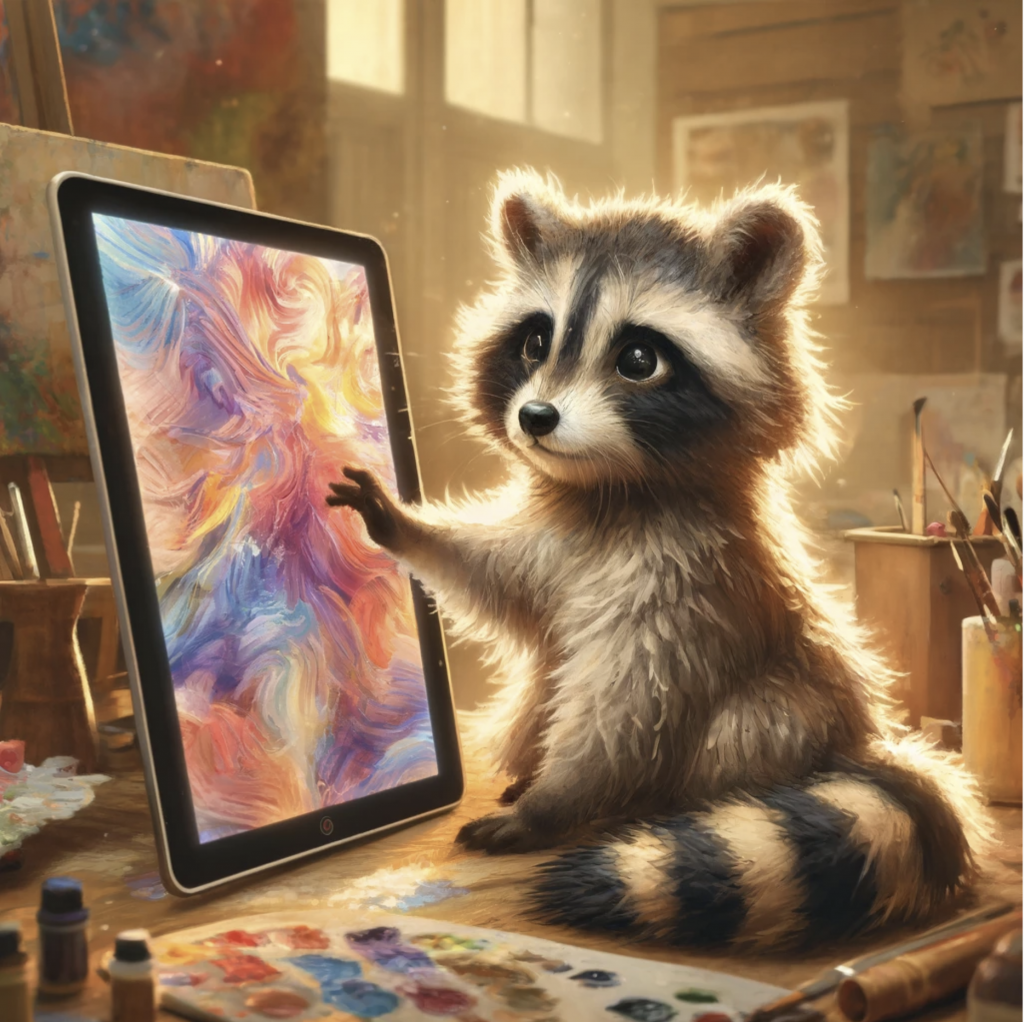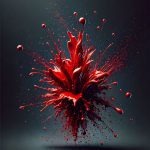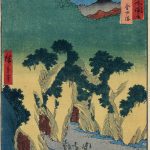
Artificial Intelligence (AI) is transforming how we create and perceive art, leading to a pivotal debate in the art world. As AI technologies create artworks that can rival human efforts, the art world faces a polarizing debate. This discourse centers on whether AI represents a bold frontier in artistic innovation or a troubling trend towards plagiarism. In exploring these questions, this article will delve into the ethical implications surrounding AI in the art sector.
Artists and technologists alike are grappling with the implications of AI’s capabilities. Questions about creativity, authorship, and the essence of art are at the forefront of this discussion. Is AI simply a tool in the hands of artists, or does it have the potential to become the artist itself? These are the questions that we will explore through various lenses in this article.
The rise of AI in art has brought both excitement and apprehension. Enthusiasts of this technological infusion celebrate the new possibilities it brings. Critics, however, worry about the erosion of traditional artistic values and skills. This article aims to dissect the complex dynamics of AI in art, examining the fine line between innovation and plagiarism.
By evaluating the arguments from multiple perspectives, this article will provide a comprehensive overview of the ethical landscape. The goal is to understand whether AI is enhancing the art world or merely mimicking its forms. This examination is crucial as the integration of AI continues to evolve and become more sophisticated.
Historical Context and Technological Overview
The integration of AI into the arts is not a recent development; it has been evolving over decades. Early examples of AI in art were simplistic but set the stage for the complex systems we see today. These pioneering projects experimented with the idea of machines participating in creative processes. Over time, the technology has grown more sophisticated, capable of producing works that challenge human artistry.
Technological advancements have significantly enhanced AI’s role in art. Neural networks, deep learning, and other AI technologies have allowed for the creation of art that can often be indistinguishable from that created by humans. This has opened up new realms for exploration and experimentation in art. Each technological leap brings new ethical questions and challenges to the fore.
Collaborations between human artists and AI have pushed the boundaries of what art can be. These partnerships have resulted in artworks that defy traditional classifications and expectations. They blend human creativity with machine efficiency, creating a new genre of art that is both celebrated and critiqued. The outcomes of such collaborations are pivotal in shaping public and critical perceptions of AI art.
Despite the technological prowess, the reception of AI in art remains mixed. Some view these developments as the next logical step in the evolution of artistic tools. Others see it as a threat to the very essence of human creativity. This division is reflected in the ongoing debates about the place of AI in art galleries, studios, and forums around the world.
The Case for AI as Innovation
Proponents of AI in art argue that it represents a new frontier in artistic expression. They see AI as a tool that unlocks new creative potentials, enabling artists to explore ideas and mediums they couldn’t before. This view holds that AI can serve as a partner in the creative process, enhancing and amplifying the artist’s vision. As such, AI is viewed as a catalyst for innovation within the art world.
AI tools are often praised for their ability to democratize the art-making process. By lowering the barriers to creating art, AI enables a wider range of individuals to express themselves artistically. This democratization is seen as a positive development, expanding the art community and audience. It challenges the traditional elitism of the art world, making art more accessible to the masses.
Furthermore, AI introduces new mediums and techniques that redefine the boundaries of art. These technologies allow for experimentation with forms and styles that were previously impossible or impractical. The innovative capabilities of AI are not just about creating art but also about redefining what art can be. This expansion of possibilities is often cited as one of the strongest arguments for the inclusion of AI in the art world.
Despite these positive aspects, the innovative use of AI does not come without its challenges. Questions about authenticity, originality, and the dilution of artistic skills remain at the heart of the debate. Proponents must address these concerns to fully integrate AI as a recognized and respected tool in the artistic community.
The Case for AI as Plagiarism
Critics of AI-generated art often focus on issues of authenticity and originality. They argue that AI, by its nature, cannot create anything new but only replicate or remix existing human-created works. This perspective views AI as inherently incapable of the kind of original thought that true art requires. Critics argue that relying on AI may lead to a homogenization of art, where unique styles and expressions are lost.
The question of authorship is central to the critique of AI in art. When AI produces a piece of art, determining who the ‘artist’ is becomes problematic. Is it the creator of the AI, the user who inputted the data, or the AI itself? This ambiguity challenges the traditional notion of artistic ownership and copyright, leading to complex legal and ethical issues.
There is also a concern that the proliferation of AI in art could lead to economic consequences for human artists. If AI-generated art becomes indistinguishable from human-made art and is cheaper to produce, it could undercut human artists in the market. This potential economic impact is a significant part of the ethical debate surrounding AI in art.
Finally, critics worry that the widespread use of AI in art could diminish the value placed on human creativity. If machines can create works that evoke emotional responses similar to those triggered by human-created art, what does that mean for the future of human artists? This existential threat is a profound concern for many in the art community.
Conclusion
The ethical implications of AI in art are complex and multifaceted. As AI continues to evolve and become more integrated into the art world, these debates will likely intensify. Whether viewed as a tool for innovation or a form of plagiarism, AI undeniably challenges our traditional notions of art and creativity.
This nuanced debate requires careful consideration and dialogue among artists, technologists, legal experts, and the public. By engaging with these issues thoughtfully, the art community can navigate the ethical landscape of AI with wisdom. Ultimately, the goal should be to harness AI’s potential responsibly, ensuring that it enhances rather than diminishes the human artistic experience.




